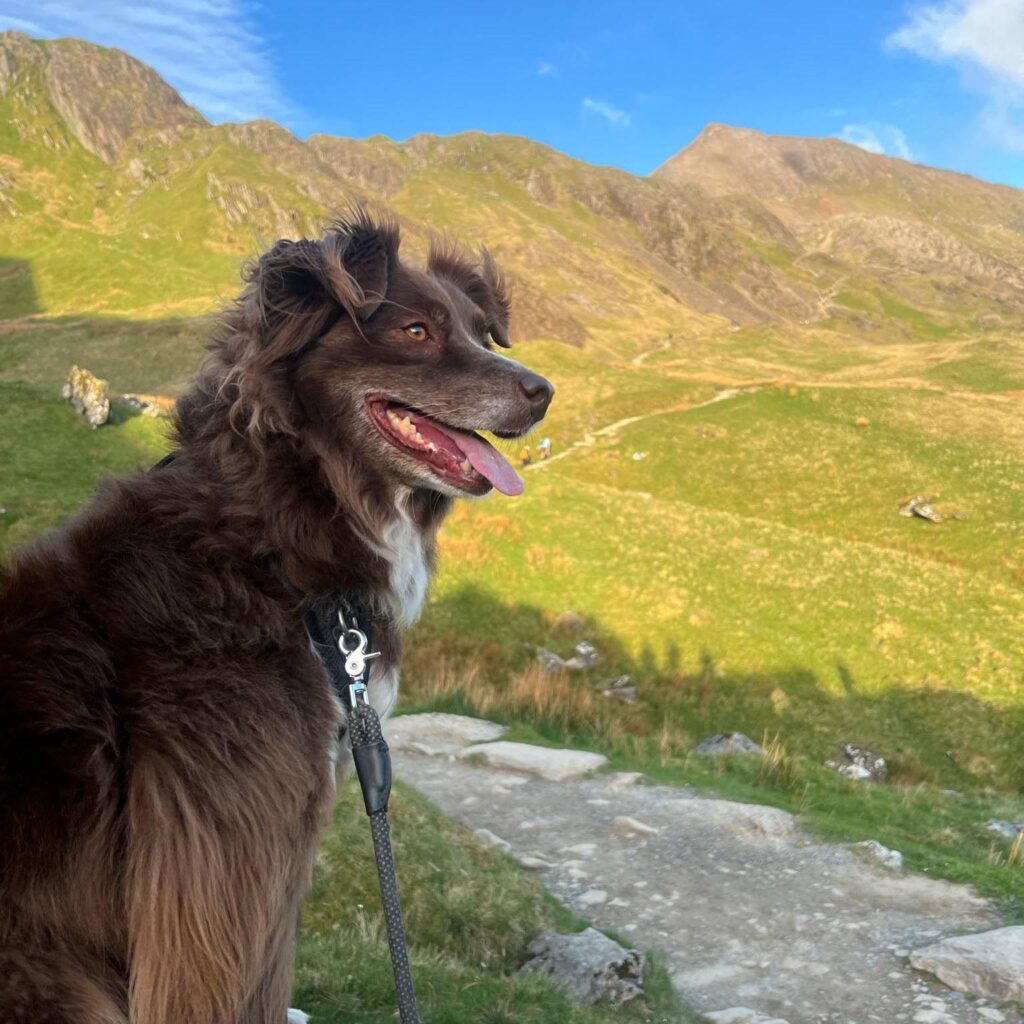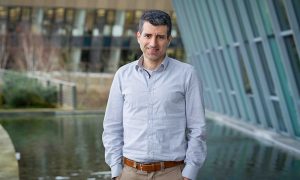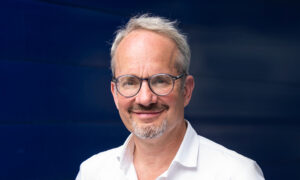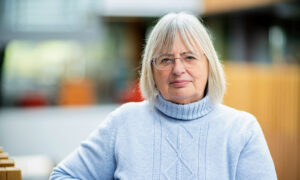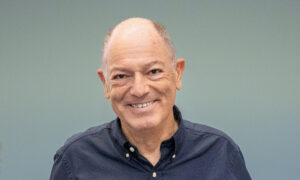
Welcome: Jess Ewald
EMBL-EBI's newest Research Group Leader is using machine learning and cell profiling to characterise chemical hazards to humans and ecosystems

By Rebecca Nicholl, Marketing and Communications Manager in EMBL-EBI Training
We recently caught up with Ewald about her background studying marine contaminants, her current research priorities, and her love for green spaces.
What is your professional background?
I studied environmental engineering and applied mathematics in my undergraduate degree at Harvard University, US, where I learned how to build models of the atmosphere and oceans.
During my time there, I connected with Canadian researcher Elsie Sunderland, who was studying contaminants in the Arctic and Subarctic and their impact on whales and seals. I built mathematical models to track how heavy metals moved through the tissues of these marine mammals and their ecosystems. I enjoyed this work, but the field data was scarce, with only around ten data points a year for my project.
The computational elements appealed to me, so for my PhD at McGill University in Montreal, Canada, and my postdoc at the Broad Institute in Boston, US, I shifted to bioinformatics, using omics technologies to study how chemicals affect cells and tissues over time. I used many different data resources, including EMBL-EBI’s Ensembl and ChEMBL, and that’s how my introduction to EMBL began.
What drew you in particular to toxicology?
I fell in love with the multi-disciplinary element of it. Toxicology integrates so many different fields. You could reasonably expect to bump into biologists, ecologists, geologists, bioinformaticians, or chemists at environmental toxicology conferences, and I think that’s a great environment to work in.
You also work with imaging data. How did that come about?
During my PhD, I worked with omics data, mainly transcriptomics, metabolomics, and proteomics. Then I met Anne Carpenter, from the Broad Institute of MIT and Harvard, at a toxicology conference, who made the case that microscopy images can carry just as much biological information as other omics data if we analyse them in the right way.
Images also naturally provide spatial context at the single-cell level. I see a lot of potential in using images to link the effects of chemicals across biological scales, for example, from cells to tissues. With my group, I plan to focus on developing computational methods to extract meaningful, interpretable insights from image data.
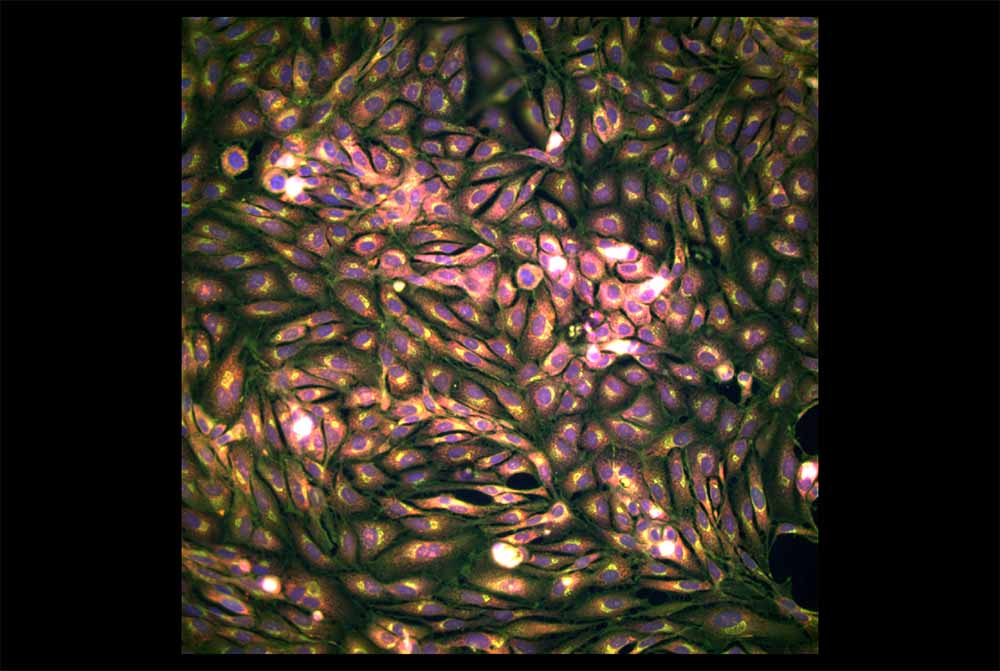
You have worked on many different projects. Can you tell us about your work with the OASIS consortium?
I wanted to see what insights machine learning could reveal from high-throughput methods, so I was very excited when I heard that the Carpenter-Singh lab at the Broad Institute was co-leading a new, toxicology-focused consortium.
The OASIS consortium is a collaboration between pharma, agrochemical, and biotech partners, as well as academic, government, and non-profit collaborators.
The consortium aims to screen compounds with public liver toxicity data using cell models and organoids. By analysing these data using omics and high-throughput methods, we can identify predictors of liver toxicity.
What’s on the horizon for your research group in the next 12 months?
One of the things I’m prioritising is collaboration with other groups across EMBL and EMBL-EBI’s neighbours at the Wellcome Sanger Institute.
Through EMBL’s ‘Human ecosystem’ transversal theme, I’ve started a collaboration with Beate Neumann and Michael Zimmerman’s research groups in EMBL Heidelberg, who have built a pesticide library. They’ve been working to understand what pesticides are doing to insects, and we’ve started a project to explore the effects of some of these pesticides in humans.
You’re currently recruiting PhD and postdocs to your team. What sort of person are you looking for?
I would love to fill the lab with a mix of people from cell biology and computational science backgrounds, but more importantly, I’m looking for people with a real passion for understanding how the environment, in particular chemical contaminants, impacts the health of humans and the ecosystems we live in. We need people who are willing to jump into a new area and not be afraid to ask questions, big or small.
You’ve swapped Cambridge, Massachusetts, for Cambridge, UK. What do you enjoy about your new environment?
I’ve fallen in love with the parks and green spaces. I grew up on a farm with cows, and so the cow-filled meadows in Cambridge are a welcome sight. My husband and I take our dog for regular walks, and she can often be found playing in the long grass and sniffing out the berries in the hedgerows. I find myself looking up at this scene with a smile: the cows grazing in the foreground, and the 500-year-old library next to the modern research lab in the background. A true snapshot of Cambridge and a dream I never knew I had.
